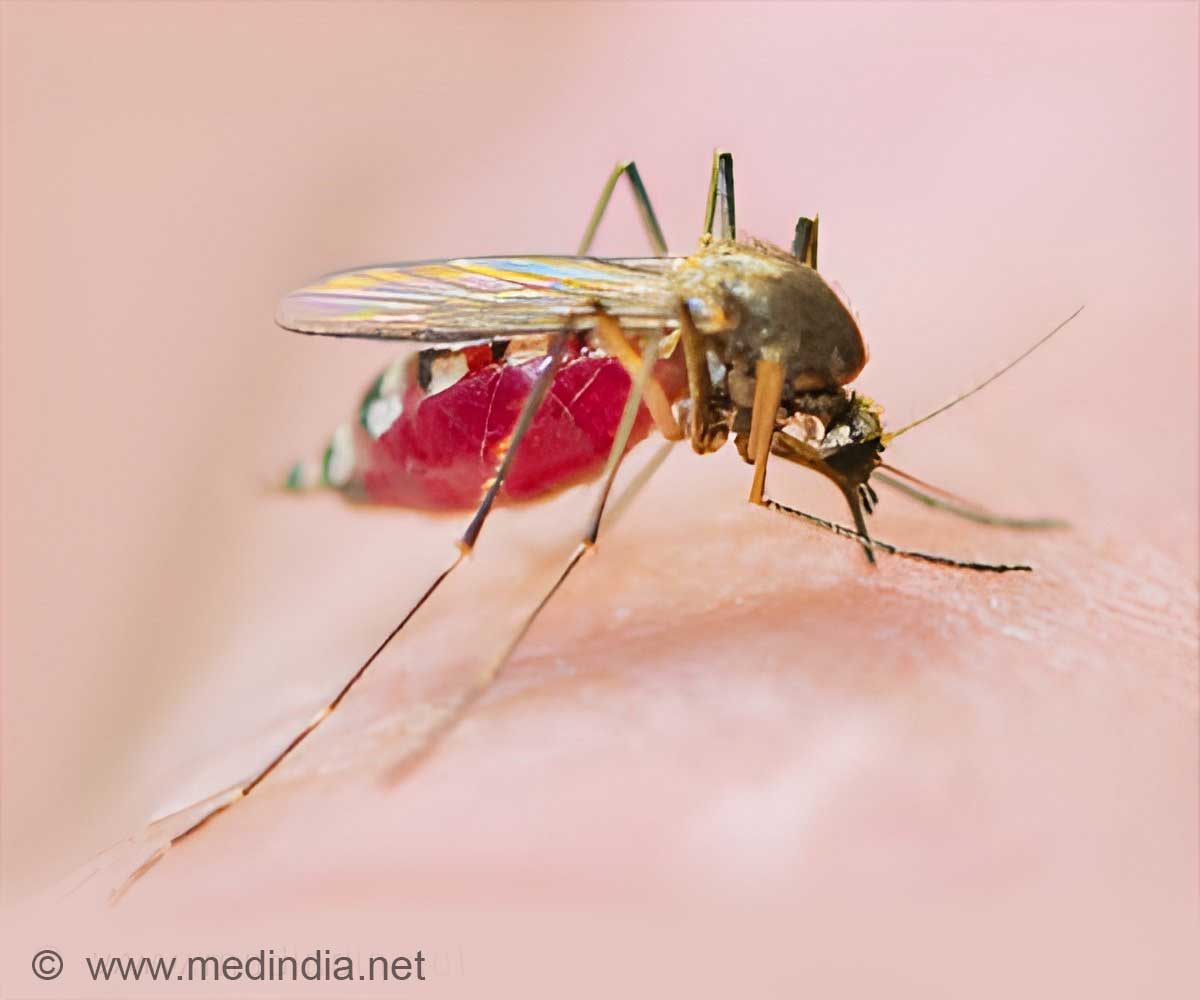Researchers report the first high-resolution atlas of malaria parasite gene expression across the entirety of these organisms' complex lifecycles.

‘Studying the parasite's genome function and regulation through RNA sequencing technology and droplet-sequencing aids to find new possible targets for treating malaria.’
Read More..




Malaria, a serious and sometimes fatal disease for humans, is caused by single-celled organisms in the Plasmodium genus. Read More..
These tiny parasites are unique in that their complex lifecycle carries them through a variety of morphological stages, allowing them to live in cellular environments across both vertebrate and invertebrate hosts.
Although malaria is one of the leading infectious diseases worldwide - responsible for nearly a half-million human deaths and hundreds of millions of infections annually - the parasites remain largely uncharacterized at the molecular level.
Virginia Howick and colleagues profiled the single-cell transcriptomes of 1,787 individual Plasmodium berghei - the rodent model of malaria parasite - across all life-stages, spanning vector mosquito to mammalian host. Howick et al. discovered groups of genes whose function was conserved across lifecycle stages, indicating potential targets for future treatments.
Using droplet-sequencing, the researchers further sequenced more than 15,000 additional cells across three different Plasmodium species, including those isolated directly from infected human patients.
Advertisement
Source-Eurekalert












